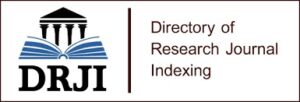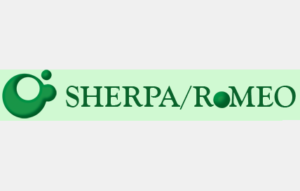Growth Performance and Carcass Characteristics of Noiler Chickens Fed Diets Containing Varying Levels of Amaranthus (Amaranthus hybridus) Leaf Meal
This study evaluated the effects of incorporating Amaranthus hybridus leaf meal (AHLM) at varying dietary levels on the growth performance and carcass characteristics of Noiler chickens. A total of 120 day-old Noiler chicks were randomly assigned to four treatment diets containing 0% (control), 5%, 10%, and 15% AHLM in a completely randomized design. Each treatment group had three replicates of ten birds each and was managed under standard husbandry practices for eight weeks. Parameters measured included body weight gain, feed intake, feed conversion ratio (FCR), final live weight, dressing percentage, and relative organ weights. Results showed that birds fed diets containing 5% AHLM performed comparably with the control group in terms of body weight gain, feed intake, and FCR (p > 0.05). However, significant reductions (p < 0.05) in growth performance and feed efficiency were observed at 10% and 15% inclusion levels. Similarly, carcass weight and live body weight were significantly higher (p < 0.05) in birds fed the control and 5% AHLM diets, while higher AHLM levels negatively affected carcass yield. Organ weight analysis revealed a significant increase in gizzard weight with increasing AHLM levels, indicating physiological adaptation to increased dietary fibre. The findings suggest that Amaranthus hybridus leaf meal can be included in Noiler chicken diets at levels up to 5% without adverse effects on growth or carcass quality. Higher inclusion levels may compromise performance due to increased fiber and anti-nutritional factors. Therefore, strategic processing and supplementation are recommended to enhance the utility of AHLM in poultry nutrition.
Keywords: Amaranthus hybridus, leaf meal, Noiler chickens, growth performance, carcass characteristics, alternative feed resources




















